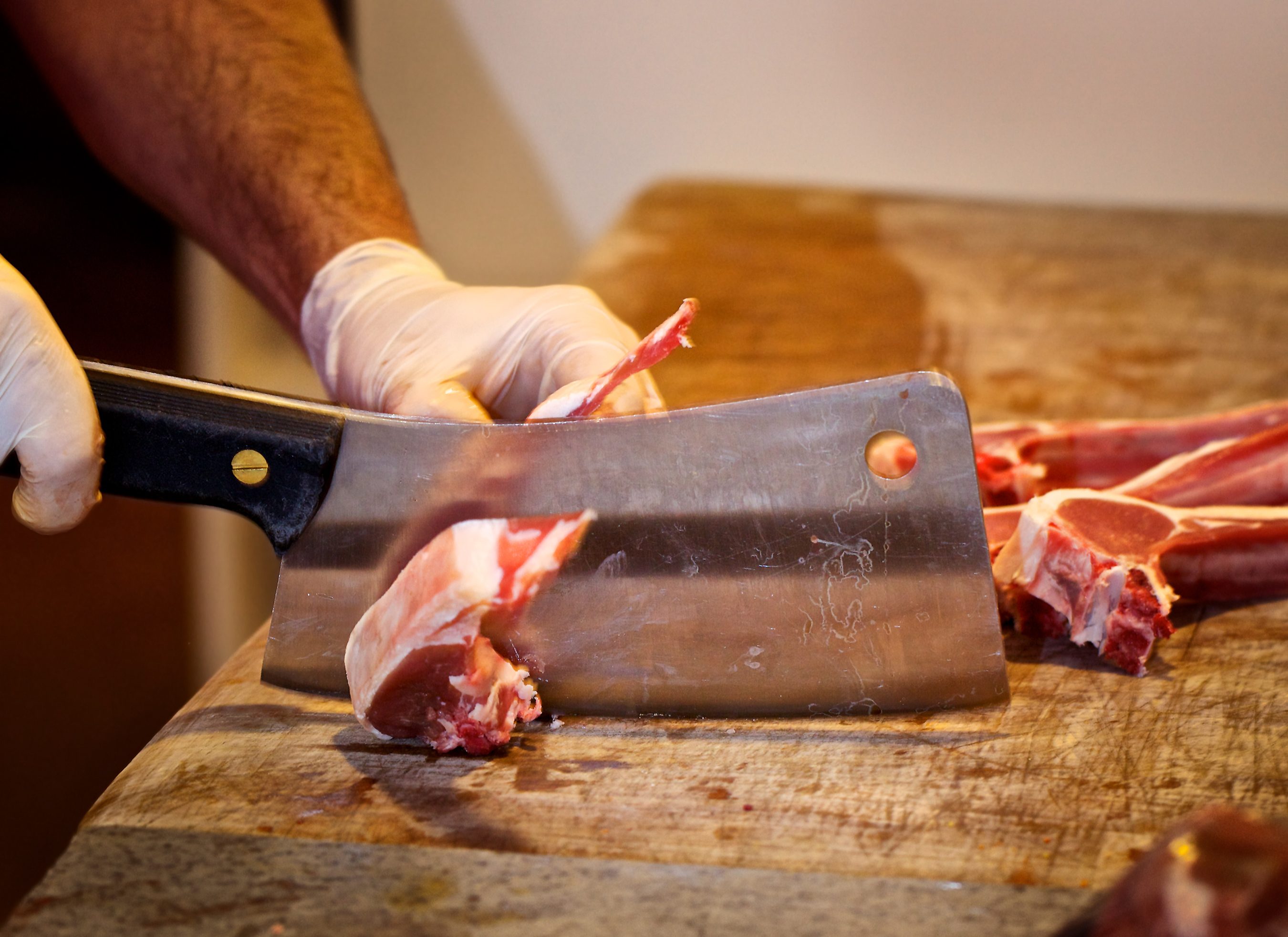Everything You Should Know about Butcher Block Countertops
Stylish, sleek, and functional, butcher block countertops are a wonderful addition to your kitchen – especially if you love to cook. There are a few things to know before committing to installing butcher block countertops in your kitchen. Here's the low-down.
;Resize,width=742;)
Butcher block countertops are the gold standard for many avid home chefs. They're used by cooks all over the globe to craft delicious dishes from every cuisine imaginable. These beautiful counters are a must for anyone with a passion for cooking and can be fitted to kitchens of all shapes and sizes. There are several different types to choose from. End grain will set you back more cash, but edge grain marks up more easily and tends not to last as long. There are also many kinds of wood to choose from like maple, birch, and oak, so you'll be able to customize your butcher block countertop according to your tastes and needs. Although they make a stunning addition to any kitchen, there are a few pros and cons you should bear in mind before buying a butcher block countertop.
Butcher Block Countertops Need Upkeep

To keep your butcher block in tip-top shape, you'll need to look after it. They need more upkeep than countertops made from other materials. Sanding out scratches and rubbing them in oil (food-grade mineral, coconut, linseed, and almond oil are all good choices) will help lengthen their lifespan. It's more work, but it's key to keeping your butcher block countertop looking its best.
Keep Them Dry
One downside of wood countertops is that they need to be kept dry. Your butcher block countertop will absorb any liquids it comes into contact with which can cause staining or even worse, mold. You'll have to be mindful of this when cooking.

Available at Many Price Points
There are butcher block countertops to suit every budget, and installing them is a great way to bring an appealing rustic look to your kitchen.
Heat is Bad for Butcher Block Countertops
If your butcher block countertop is too close to your stove or if you routinely rest hot pots and pans on it, the heat can ruin the wood, leaving burn marks and cracks on the surface.

There are Many Styles to Choose From
One of the best things about butcher block countertops is that there are so many styles to choose from. You can select woods and colors to complement the décor of your home and bring a personalized touch to your kitchen space. These gorgeous wood countertops add a rustic, homey feel to a kitchen.
You Won't Need a Cutting Board
You can chop ingredients directly on the surface of your butcher block countertop. However, to extend its lifespan and save you extra work down the line, it's good practice to use cutting boards even after installing wood countertops.

How to Clean Butcher Block Countertops
Butcher block countertops can get dirty or become hubs for germs if not properly cleaned. This is particularly true if you use them to cut meat, fish, and poultry. To keep them cleaned, wash the surface after each use. Use a gentle soap and hot water and sanitize it with white vinegar.
How to Install Butcher Block Countertops
Because of all the steps and precise measurements, plumbing, and so needed for this project, if you're not a seasoned DIYer, you'll want to hire a professional to install your butcher block countertop. This is especially true if you want to install butcher block countertops to fit various dimensions in your kitchen. Fortunately, the prices are competitive with other countertop materials.
How Much do Butcher Block Countertops Cost?
The price varies depending on the type of wood you'd like for your countertops and whether you're installing them yourself or hiring someone to do it for you. If you're only doing a section of your kitchen, it will obviously cost less than having all of the countertops in your kitchen replaced. The average price will range between $2000 and $5000.
;Resize,width=767;)

;Resize,width=712;)
;Resize,width=712;)
